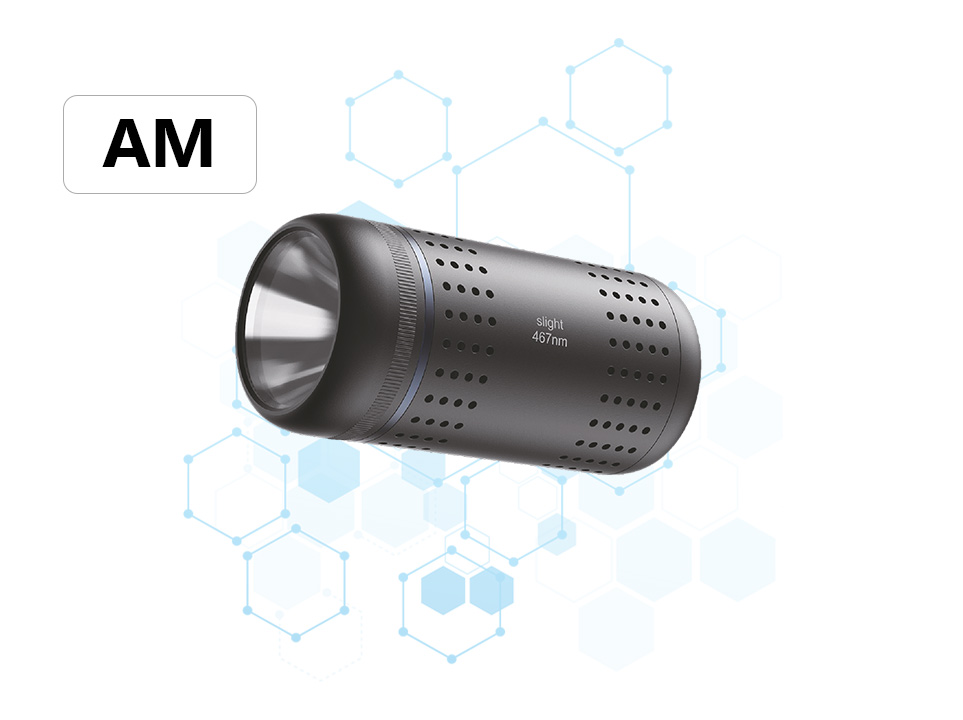Selection of 6-Station Parallel Light Reactor

When selecting a 6-station parallel light reactor, various key factors need to be considered to ensure that the chosen equipment meets the experimental requirements. Here are some crucial selection points:
I. Light Source Type and Parameters
Light Source Type: Common light sources include LEDs and UV lamps (such as xenon lamps). LED light sources have a long lifespan and low heat generation, suitable for photocatalytic reactions within specific wavelength ranges. UV lamps, on the other hand, offer high light intensity and stability, suitable for most photocatalytic reactions.
Emission Wavelength: Different experiments require different wavelengths of light to stimulate reactions. Therefore, it is necessary to choose a light source with the appropriate wavelength based on experimental needs. The wavelength range may include 365nm to 975nm or narrower intervals, with a wavelength bandwidth controlled within ±5nm. Optional main emission wavelengths may include 365nm, 405nm, 450nm, and various other wavelengths, even including white light (410-760nm). Additionally, consider the tunability of the light source's wavelength to adapt to more complex reaction systems.
Light Source Power: The power of the light source determines its maximum light intensity, which is a crucial factor affecting the rate of photocatalytic reactions. Selection should be based on specific reaction types and experimental conditions to avoid issues caused by excessively high or low power. For example, some reactor models offer a light source power of up to 18W, with an adjustable power range of 0-18W or 0-12W, with an accuracy of 0.1W.
II. Reaction Vessel and Temperature Control Method
Reaction Vessel Material: Quartz glass is commonly used for reaction tubes due to its excellent transmittance for UV and visible light. The inner diameter and length of the reaction tube need to be determined based on experimental requirements.
Temperature Control Method: To control the reaction temperature, reaction tubes are usually equipped with a temperature-controlled jacket or water bath. The temperature control method can be water circulation cooling or other methods, such as external temperature control equipment assisting in temperature control (0-50°C), ensuring that the reaction occurs at a constant temperature. Some advanced reactor models can achieve wider temperature range control, such as -20°C to 80°C (with an insulation cover).
III. Number of Workstations and Irradiation Method
Number of Workstations: A 6-station parallel light reactor has 6 independent reaction workstations, allowing for the simultaneous photocatalytic reaction of 6 samples, significantly improving experimental efficiency.
Irradiation Method: The irradiation method affects light uniformity and irradiation area. The design of the light source assembly also impacts the irradiation method and uniformity. For example, some parallel light reactors use multi-position LED arrays with rotatable irradiation and integrated air-cooled heat dissipation to ensure uniformity and homogeneity of reaction tube irradiation.
IV. Stirring and Safety Protection Devices
Stirring Method: Stirring within the reaction tube is typically achieved using magnetic stirring, implemented through magnetic stir bars. The stirring speed is adjustable to meet the needs of different experiments. For instance, some reactors offer a stirring rate of 500-2000rpm (built-in).
Safety Protection Devices: To ensure experimental safety, parallel light reactors are usually equipped with safety protection devices such as water cut-off alarms and overheating protection. These devices can issue alerts and take measures promptly in case of abnormalities during the experiment.
V. Other Considerations
Auxiliary Accessories: Depending on experimental needs, parallel light reactors can be equipped with various auxiliary accessories such as quartz cold trap reactors, optical filters, and airtight reaction tubes. These accessories can enhance the flexibility and accuracy of experiments.
Operating Interface and Control System: Modern parallel light reaction devices are usually equipped with intuitive operating interfaces and control systems, facilitating users to set experimental parameters, monitor experimental processes, and collect experimental data. For example, some reactors come with LCD capacitive screens displaying wavelength, power, and other information, supporting dual adjustment methods of touchscreen and knob.
Price and Budget: Prices for different brands and models of 6-station parallel light reactors may vary. Selection should be based on experimental budgets. At the same time, consider the cost-effectiveness of the equipment and subsequent maintenance costs.
In summary, when selecting a 6-station parallel light reactor, it is necessary to comprehensively consider light source type and parameters, reaction vessel and temperature control method, number of workstations and irradiation method, stirring and safety protection devices, as well as other considerations.





